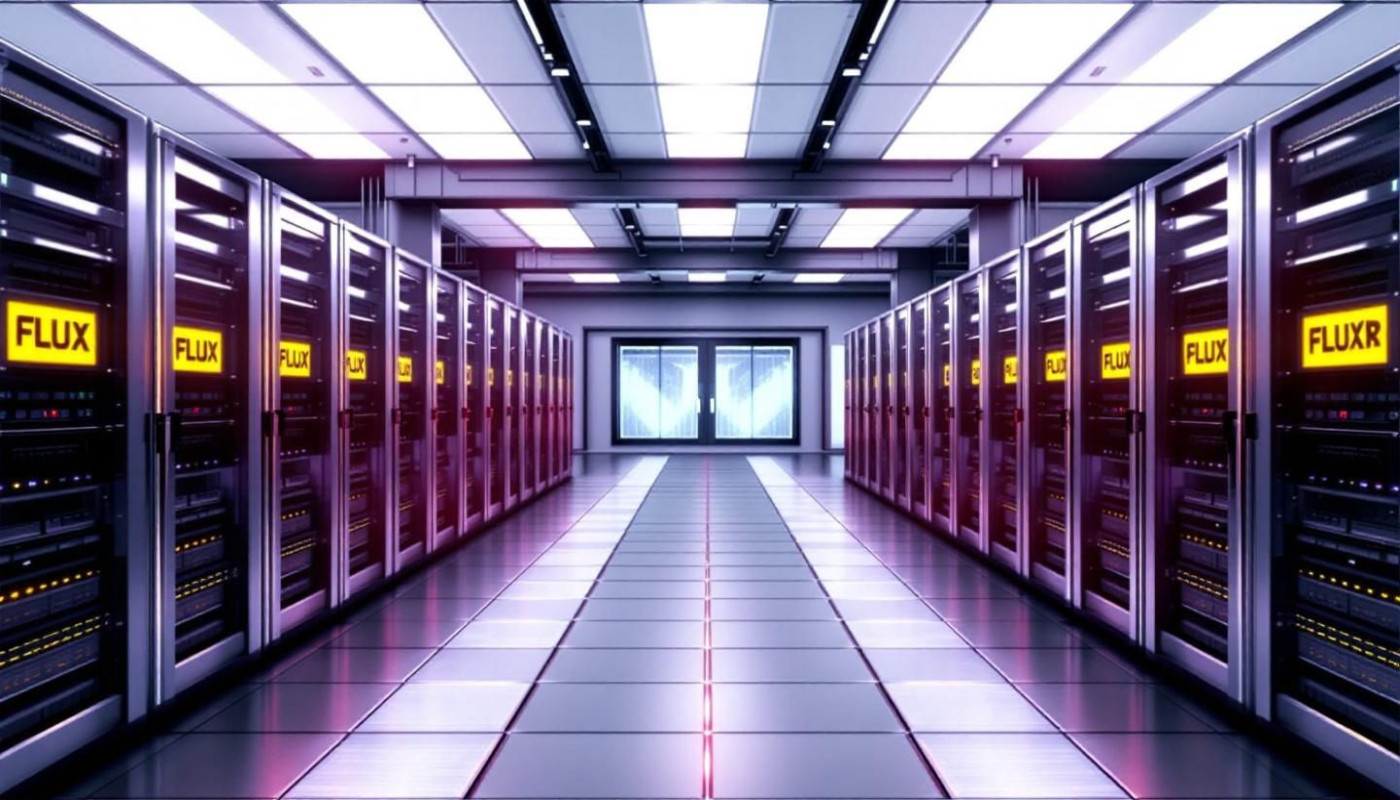Table of contents
Modern data centers are at the heart of the digital economy, powering everything from cloud services to streaming platforms. Understanding what drives their profitability is key for anyone looking to invest, manage, or optimize these complex facilities. Dive into the following sections to discover the core factors that shape the financial success of today’s data centers.
Energy efficiency and cost savings
Energy efficiency stands as a primary driver of profitability in data center operations, particularly due to the substantial impact of power consumption on operational costs. In modern facilities, optimizing power usage effectiveness (PUE) has become a central focus, as even minor improvements can lead to significant financial savings. By implementing advanced cooling solutions—such as liquid cooling, hot and cold aisle containment, and automated airflow management—data centers can maintain optimal temperatures with minimal energy waste. Integrating renewable energy sources, including solar and wind, further supports sustainability goals and shields operators from volatility in traditional energy markets. As a result, these strategies collectively lower the total energy footprint, reducing both direct electricity costs and the expenses associated with infrastructure wear and maintenance. The ongoing pursuit of lower PUE values not only enhances sustainability but also ensures long-term competitiveness by curbing rising operational costs tied to escalating data demands.
Hardware utilization and scalability
Maximizing hardware utilization is a fundamental driver of modern data center profitability, as efficient use of physical resources directly reduces capital and operational expenditures. Server virtualization plays a pivotal role by enabling multiple applications and operating systems to run on a single physical server, which lowers hardware costs and increases the return on IT investment. This virtualization also simplifies workload balancing, allowing data centers to dynamically allocate resources based on real-time demand, thus optimizing performance and energy efficiency. Scalable infrastructure, designed with modular components, supports rapid expansion or contraction of capacity as business needs evolve, minimizing unnecessary hardware purchases and ensuring that investment aligns with actual demand. Implementing these strategies not only streamlines operations but also maximizes revenue-generating potential per square foot, making IT investment more resilient and future-proof. To explore how industry leaders capitalize on such approaches amidst booming demand, see page.
Network connectivity and latency
Low-latency network connectivity remains a primary driver of data center profitability, especially as enterprise clients demand instant data access and seamless application performance. Strategic data center location plays a significant role by placing infrastructure closer to users, thus reducing latency and minimizing the risk of costly downtime. Facilities situated in urban or tech-centric hubs can capitalize on proximity to network exchange points, enabling them to offer high-bandwidth connectivity and robust peering agreements. These arrangements allow data to travel more directly and efficiently, enhancing both speed and reliability. The adoption of edge computing further amplifies profitability: deploying resources at the network edge reduces the physical distance data must traverse, curbing latency and supporting next-generation applications like IoT and real-time analytics. As organizations increasingly prioritize digital transformation, the combination of optimal data center location, strong network connectivity, and edge computing deployment becomes a key differentiator, drawing high-value clients and ensuring sustained revenue growth.
Security and compliance measures
Investing in strong data center security and regulatory compliance is a decisive driver of profitability in the modern data center landscape. Implementing robust access controls, advanced encryption protocols, and comprehensive cybersecurity frameworks directly mitigates the risk of data breaches, which can trigger substantial financial losses, reputational damage, and operational disruption. Strict adherence to international standards and regulatory compliance—such as GDPR, HIPAA, and ISO certifications—not only safeguards sensitive information but also shields organizations from severe legal penalties, fines, and costly remediation efforts. A proactive approach to security, including multi-factor authentication, continuous monitoring, and regular audits, enhances client trust and provides a competitive advantage by ensuring uninterrupted service delivery. In today’s environment, where regulatory demands evolve rapidly, prioritizing access controls and encryption technologies limits vulnerability to cyber threats and reinforces the economic sustainability of data center operations.
Automation and operational efficiency
Data center automation is reshaping the landscape of operational efficiency through the integration of artificial intelligence and advanced monitoring tools. By leveraging artificial intelligence for resource management, data centers can dynamically allocate computing power and storage where it is most needed, ensuring optimal performance and minimizing waste. Predictive analytics enables systems to anticipate potential failures and bottlenecks, allowing for proactive interventions that reduce downtime. Automated maintenance routines and self-healing systems further streamline operations, significantly lowering labor costs and minimizing the risk of human error. These innovations not only enhance resource management but also contribute directly to enhanced profitability, as data center operators maximize uptime and service quality while controlling expenses.
Similar articles




